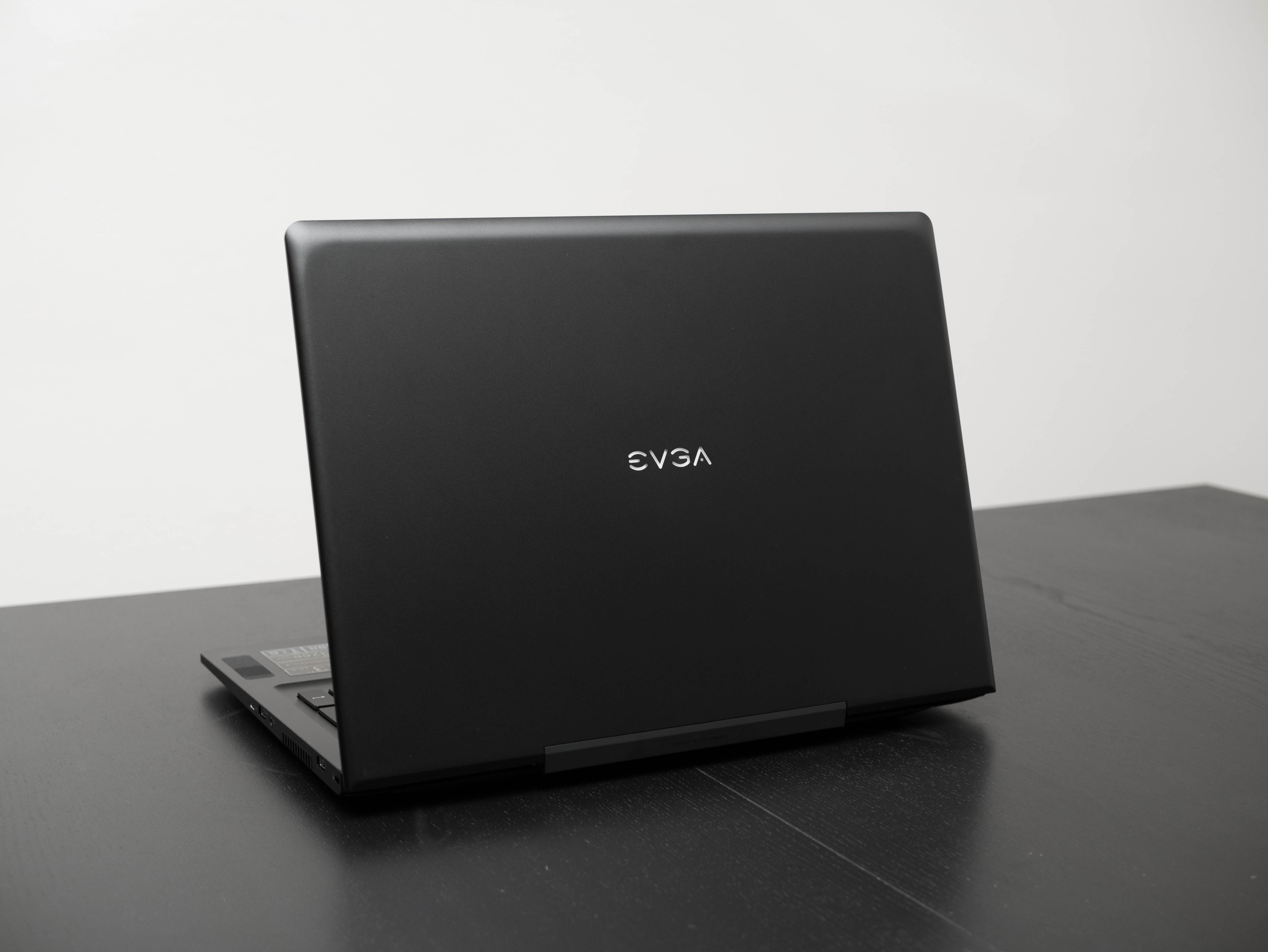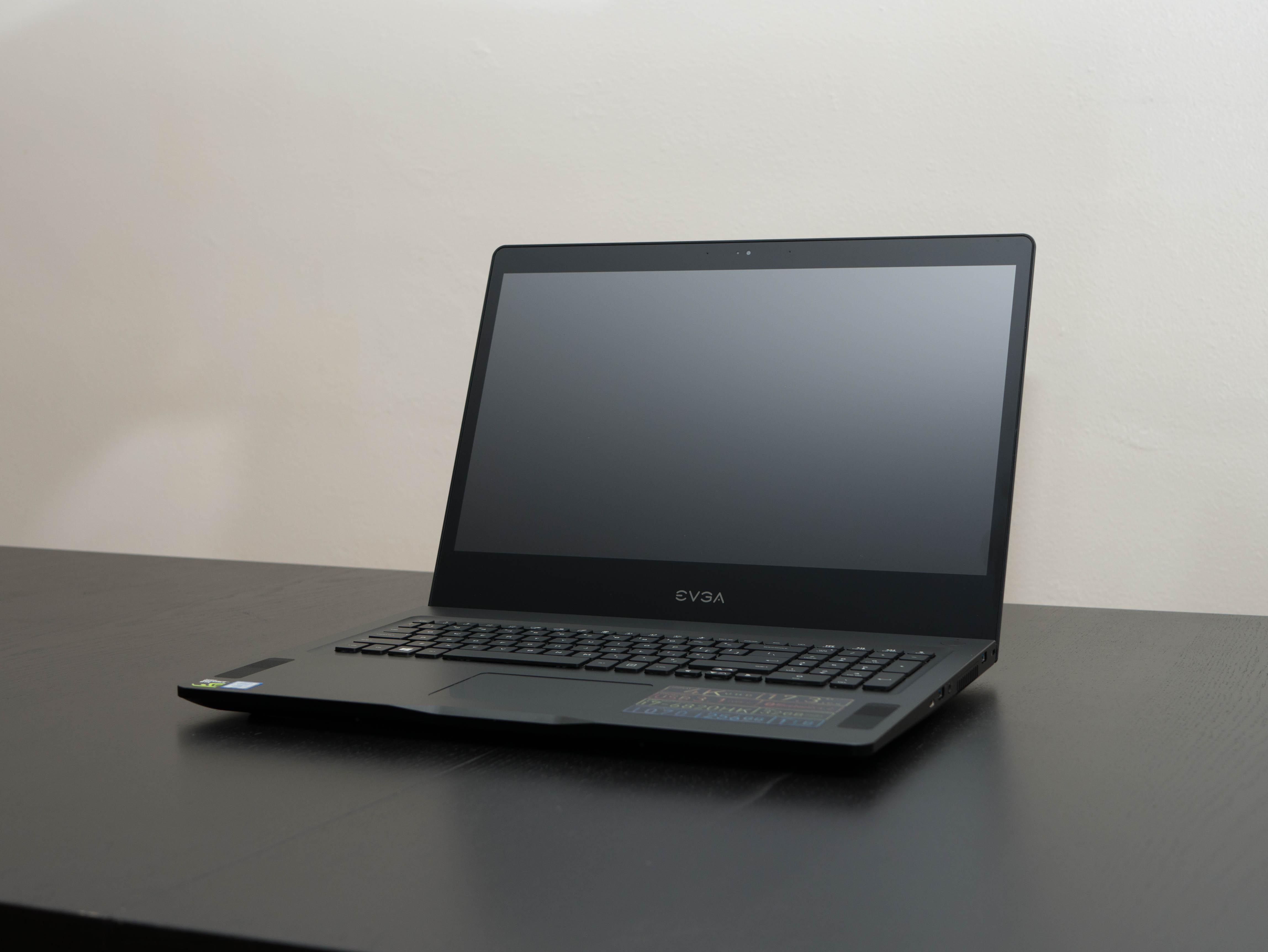EVGA SC17 Gaming Laptop Review
EVGA aims to dominate the high-end gaming laptop market with the SC17. But does it have the horsepower to back these expectations up, and at what price?
Why you can trust Tom's Hardware
Price Analysis And Conclusion
With giants like Asus, Gigabyte, MSI, Razer, and now Acer dominating the gaming laptop market, and with boutique builders mostly sourcing Clevo designs, the EVGA SC17 brings a more luxurious alternative that’s sure to turn heads. This version of the SC17 is only EVGA’s second foray into the market, but we’re already looking forward to seeing more.
The SC17 performs about as well as similarly configured systems in our Synthetic benchmarks. However, using EVGA’s PrecisionX Mobile overclocking, the SC17 even gives the formidable MSI GT73VR Titan Pro-201 a run for its money. In particular, 3DMark produced higher CPU-based physics scores when the SC17 was overclocked, while PCMark 8 saw major increases in both Microsoft Office and Adobe Creative performance. The SC17’s excellent 4K random storage speeds stem from its Toshiba XG3, although its 128K sequential speeds weren’t quite up to par with MSI’s two 512GB Samsung SM951s in RAID 0.






The SC17 produced abundantly high frame rates at Full HD, and overclocking the system only sweetened the deal. In fact, the overclocked EVGA was capable of besting the GTX 1080-equipped MSI in a handful of games, including GRID Autosport and Hitman. The overclocked SC17 was also more than a match in Ashes of the Singularity and Rise of the Tomb Raider, two incredibly taxing games. Unfortunately, performance at UHD wasn’t as stellar as we hoped. The laptop can achieve respectable frame rates in easy-to-run games such as Bioshock Infinite or Thief, but in most cases, the FPS dropped below 30. This isn't incredibly surprising, given some of the results we've seen with other UHD systems, but since this display is part of what you're paying extra for, make sure the games you care about can exceed at UHD with minor graphical concessions. (Or maybe you'll be happy to game at 1080p and do other work at higher resolutions).
The EVGA SC17 features top-tier build quality that outclasses much of what we've seen come through our lab. The gorgeous CNC-cut aluminum gives the SC17 an elegant edge compared with some of the over-the-top, gamer-centric designs weve seen. At just over an inch, it is also considerably thinner than the Asus, Acer, and MSI in our comparison grouping. The only glaring issues are the easy-to-see blemishes and the poor trackpad, but these can be easily remedied with a microfiber cloth and a separate mouse.
The SC17 is not only sturdy, it’s also heavy, so you might not want to carry it around often. If you choose to, however, be prepared to deal with its poor battery life. With its display brightness limited to 200 nits, the SC17 offers a little over one hour and 30 minutes of non-stop game time. The Acer Predator 17, on the other hand, offers just short of two hours. We found that some systems are capable of two hours and 30 minutes, or more, so the EVGA’s longevity is on the lower end. Tradeoffs. (Sigh.)
EVGA’s cooling solution has its ups and downs. Running applications that are even moderately demanding will make the area surrounding the keyboard and trackpad warm, which worried us at first. However, our Optris camera only reported temperatures of up to 72°C, which is well within acceptable ranges; our AIDA64 logs reported even cooler GPU diode temperatures, so at no point was the EVGA SC17 ever in danger of thermal throttling. The true problem might stem from the EVGA’s premium aluminum chassis, which is likely trapping heat that otherwise would’ve escaped in a plastic body. So while you can rest easy knowing the SC17 won't overheat, you’ll still have to deal with toasty hands whenever you’re gaming.
One of the SC17’s main selling points is the gorgeous, UHD IPS display. While we noted that the i7-6820HK and GTX 1070 don’t have enough horsepower to play several games at this resolution, you can still admire the display’s well-balanced RGB levels and physically imperceptible grayscale errors. However, be sure to keep the display brightness nice and high, because contrast is almost non-existent at low brightness. Average color errors are a tad too high, but we were able to calibrate it to just above a DeltaE 2000 of 3.
Get Tom's Hardware's best news and in-depth reviews, straight to your inbox.
The ultimate deciding factor always comes down to price, and the EVGA SC17 will cost a pretty penny. The MSRP is $2,800, but at the time of this writing we found prices as low as $2,300. In comparison, the similarly-configured Asus G752VS OC Edition has an MSRP of $2,500, but its current price is $2,400. Also, the MSI Titan Pro is still well over $3,000. The EVGA SC17 offers about as much performance as the Asus laptop, but at a better price and with arguably better aesthetics, and in some cases it gives the MSI Titan Pro a run for its money for several hundred dollars less.
In the end, $2,300 isn’t cheap, but EVGA never intended the SC17 to be a value-oriented laptop. The company’s goal was to deliver a well-built, deluxe laptop to compete against other high-end laptops, and we believe EVGA delivered on that promise.
MORE: Best Gaming Laptops
MORE: Gaming Laptop Previews
MORE: All Laptop Content
Current page: Price Analysis And Conclusion
Prev Page Battery, Thermal, And Display Testing-
dstarr3 I hope this has a 1080p variety. High-end desktops still struggle with 4K, let alone laptops. I suppose you could just set the resolution to 1080p and just pixel-double the display, wouldn't look that bad. But it's a waste of money to do that. I'd rather just save that money and equip it with a display the laptop could use properly.Reply -
lugi20 I personally think a fully baked 1050ti with a 1080p 144hz gysnc display would make the most sense for a product like this.Reply -
eglass 4K on 17" is silly. Toss that out for a 1080 display with a higher refresh rate. Add Thunderbolt capability to that USB-C port. Ditch the combo headphone/microphone jack and have separate ones. Offer a configuration that replaces the 1070 with a 1060 for less heat and less power draw.Reply -
loki1944 I don't think I've yet seen an accurate representation of how hot mobile CPUs get; game on one for 4-6 hours and you'll start seeing just how hot they can get. I've had 4700MQ, 4810MQ, and 6820HK in the past few years and every single one of them runs, much, much hotter than in reviews. For the 6820HK I actually had to undervolt it to keep it from throttling.Reply